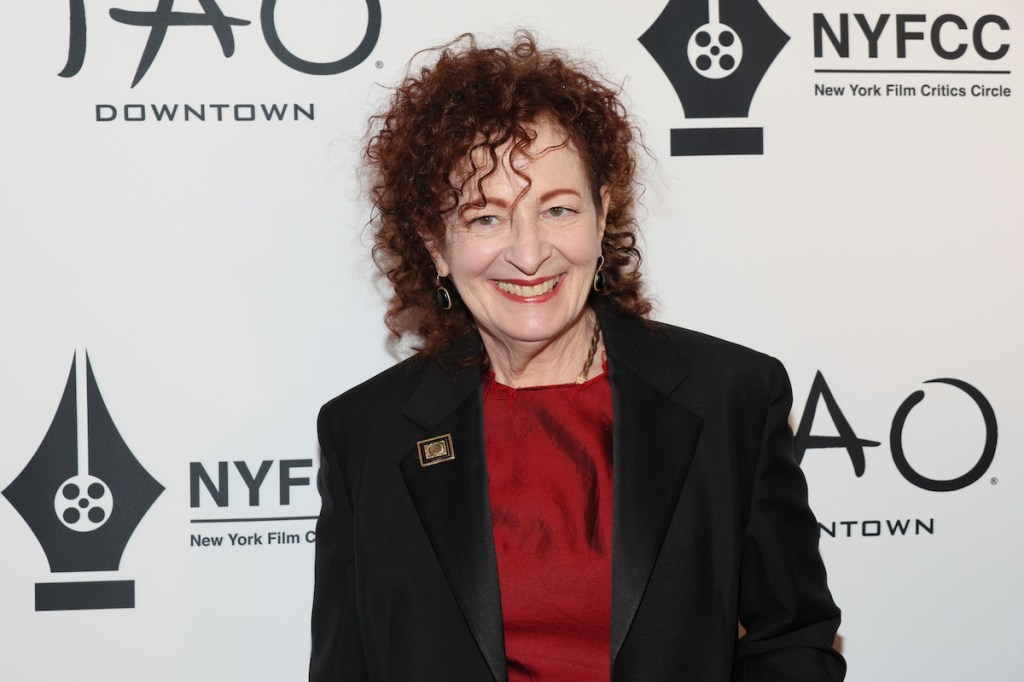Three Former Venice Biennale Artistic Directors on How to Best Curate (and Visit) the Show
Massimiliano Gioni

The Italian contemporary art critic and curator Massimiliano Gioni was artistic director of the 55th edition of the Venice Biennale in 2013. The theme was titled “Il Palazzo Enciclopedico” (The Encyclopedic Palace), and inspired by Marino Auriti’s imaginary museum meant to house all worldly knowledge. Foregrounded by research, Gioni considered this dream of knowledge in relation to the onslaught of digital technology.
In that same spirit, Gioni has compiled a book, titled “Caffè Paradiso”, which is the name of the restaurant where each Biennale director spends interminable hours working on their show.
The book collects interviews with all the Biennale directors from 1993 through the present, with the exception of Germano Celant who passed away in 2020. Prominent curators such as Achille Bonito Oliva, Jean Clair, Harald Szeemann, Okwui Enwezor, Cecilia Alemani, Adriano Pedrosa, are featured. The book probes the former directors on the anxieties and aspirations inherent to the role.
Gioni encourages this year’s visitors to “walk and enter the many worlds that are brought together in Venice.” He continues, “In my book, Robert Storr tells the story of a quote chosen by Bruce Nauman for his contribution to a book published for the Biennale, and he says—quoting Diogenes—that ‘It is solved by walking’ or, we could say, ‘One learns by walking’. That’s all it takes to prepare for a Biennale.”
As for his approach to curating the Biennale, Gioni reflects, “I actually made it big by going small, by including many smaller works and very few large pieces—and the few large pieces were made of small parts. It was also a show that mixed contemporary art with historical materials; it combined “outsider”—for lack of a better description—artists and professional artists and dilettantes and amateurs; it included museum loans and new productions; it included many things that might have not been art at all.
“It was a show about the desire to know everything […] which is an impossible dream that has animated the Venice Biennale since 1895 when Riccardo Selvatico, mayor of Venice, had the very bizarre idea of bringing the whole world—with its myriad of ways of being contemporary—to a sinking city, perhaps for fear it would otherwise suffocate under the weight of its past.”
Perhaps unsurprisingly, Gioni looks forward to experiencing, “Everything. The Biennale is for maximalists and I am bound to be one, given my name. Irony aside, there is so much to see. I am curious about the Nigerian Pavilion and the Italian Pavilion and the Lebanese Pavilion, the Pierre Huyghe show,” as well as, “the international exhibition itself”. He adds, “And never leave Venice without saying hello to Titan and friends. Titian’s last painting—his Pieta—is in the Accademia and that alone is an entire world in itself.”


